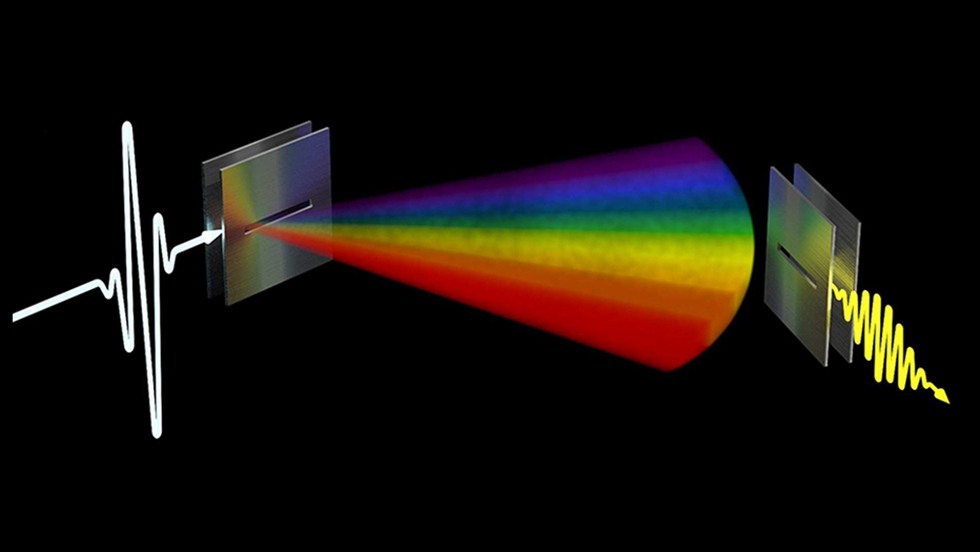When someone opens a laptop, a router can quickly locate it and connect it to the local Wi-Fi network. That ability is a basic element of any wireless network known as link discovery, and now a team of researchers has developed a means of doing it with terahertz radiation, the high-frequency waves that could one day make for ultra-fast wireless data transmission.
Because of their high frequency, terahertz waves can carry hundreds of times more data than the microwaves used to carry our data today. But that high frequency also means that terahertz waves propagate differently than microwaves. Whereas microwaves emanate from a source in an omni-directional broadcast, terahertz waves propagate in narrow beams.
“When you’re talking about a network that’s sending out beams, it raises a whole myriad of questions about how you actually build that network,” said Daniel Mittleman, a professor in Brown’s School of Engineering. “One of those questions is how does an access point, which you can think of as a router, find out where client devices are in order to aim a beam at them. That’s what we’re thinking about here.”
In a paper published in Nature Communications, researchers from Brown and Rice University showed that a device known as a leaky waveguide can be used for link discovery at terahertz frequencies. The approach enables link discovery to be done passively, and in one shot.
The concept of a leaky waveguide is simple. It’s just two metal plates with a space between them where radiation can propagate. One of the plates has a narrow slit cut into it, which allows a little bit of the radiation to leak out. This new research shows the device can be used for link discovery and tracking by exploiting one of its underlying properties: that different frequencies leak out of the slit at different angles.
“We input a wide range of terahertz frequencies into this waveguide in a single pulse, and each one leaks out simultaneously at a different angle,” said Yasaman Ghasempour, a graduate student at Rice and co-author on the study. “You can think of it like a rainbow leaking out, with each color represents a unique spectral signature corresponding to an angle.”
Now imagine a leaky waveguide placed on an access point. Depending upon where a client device is relative to the access point, it’s going to see a different color coming out of the waveguide. The client just sends a signal back to the access point that says, “I saw yellow,” and now the access point knows exactly where the client is, and can continue tracking it.
“It is not just about discovering the link once,” Yasaman said. “In fact, the direction of transmission needs to be continually adjusted as the client moves. Our technique allows for ultra-fast adaptation which is the key to achieving seamless connectivity.”
The setup also uses a leaky waveguide on the client side. On that side, the range of frequencies received through the slit in the waveguide can be used to determine the position of the router relative to the local rotation of the device — like when someone swivels their chair while using a laptop.
